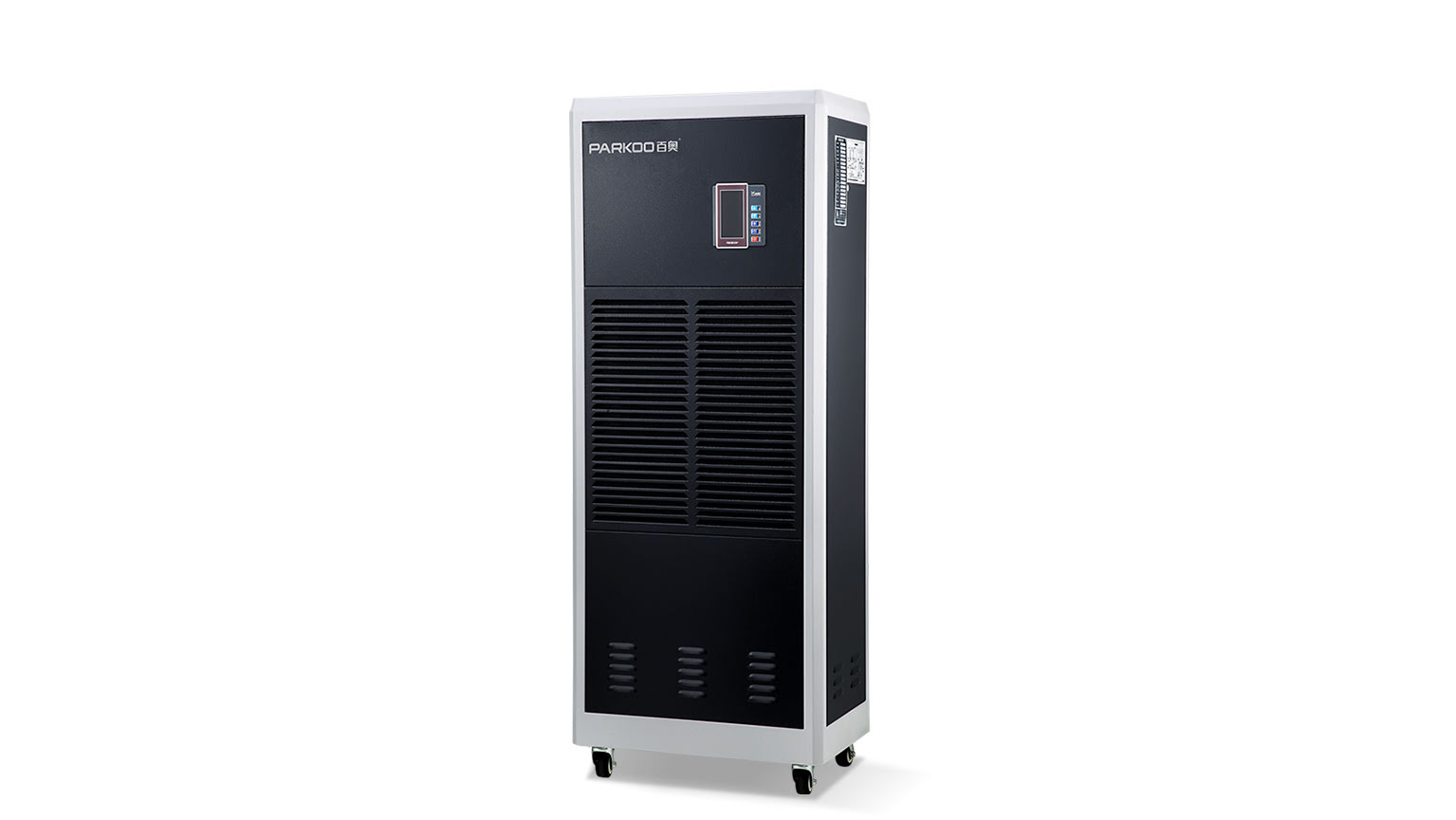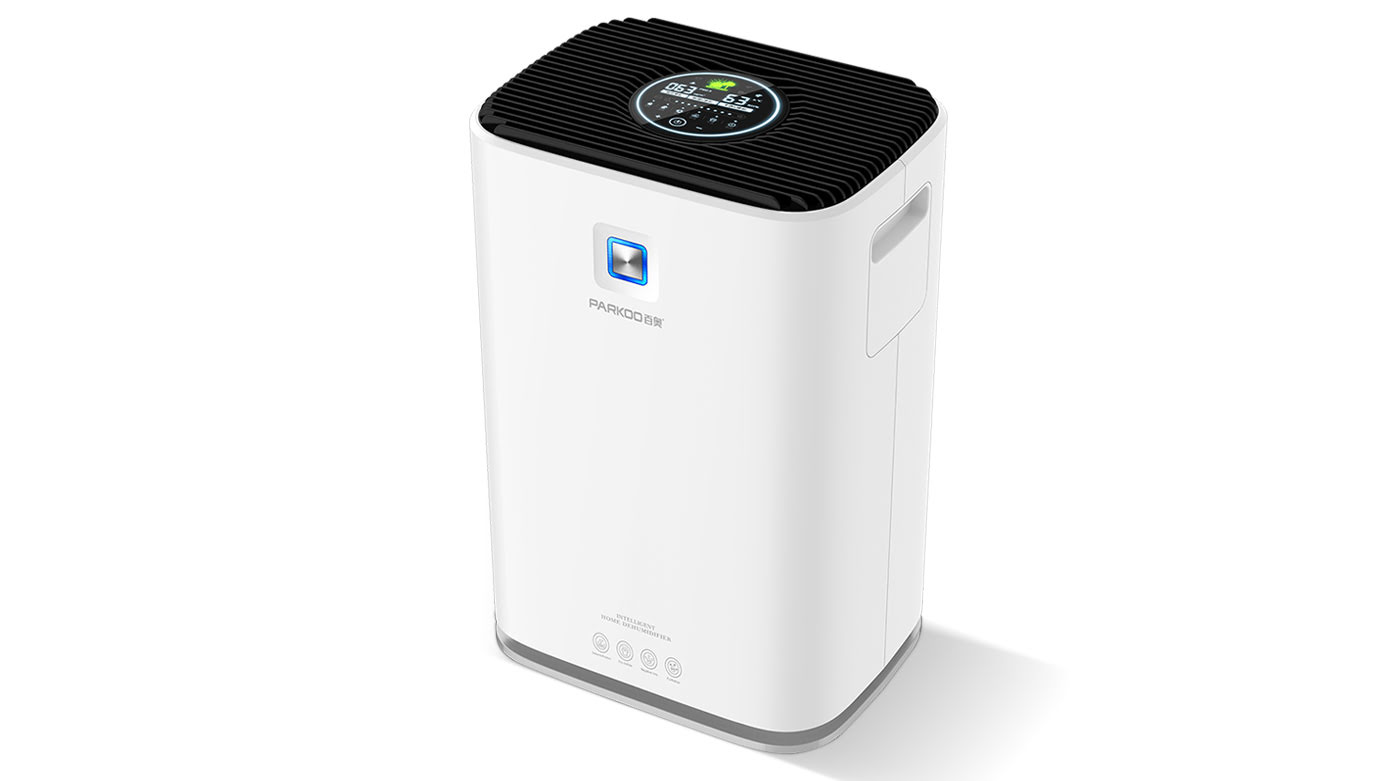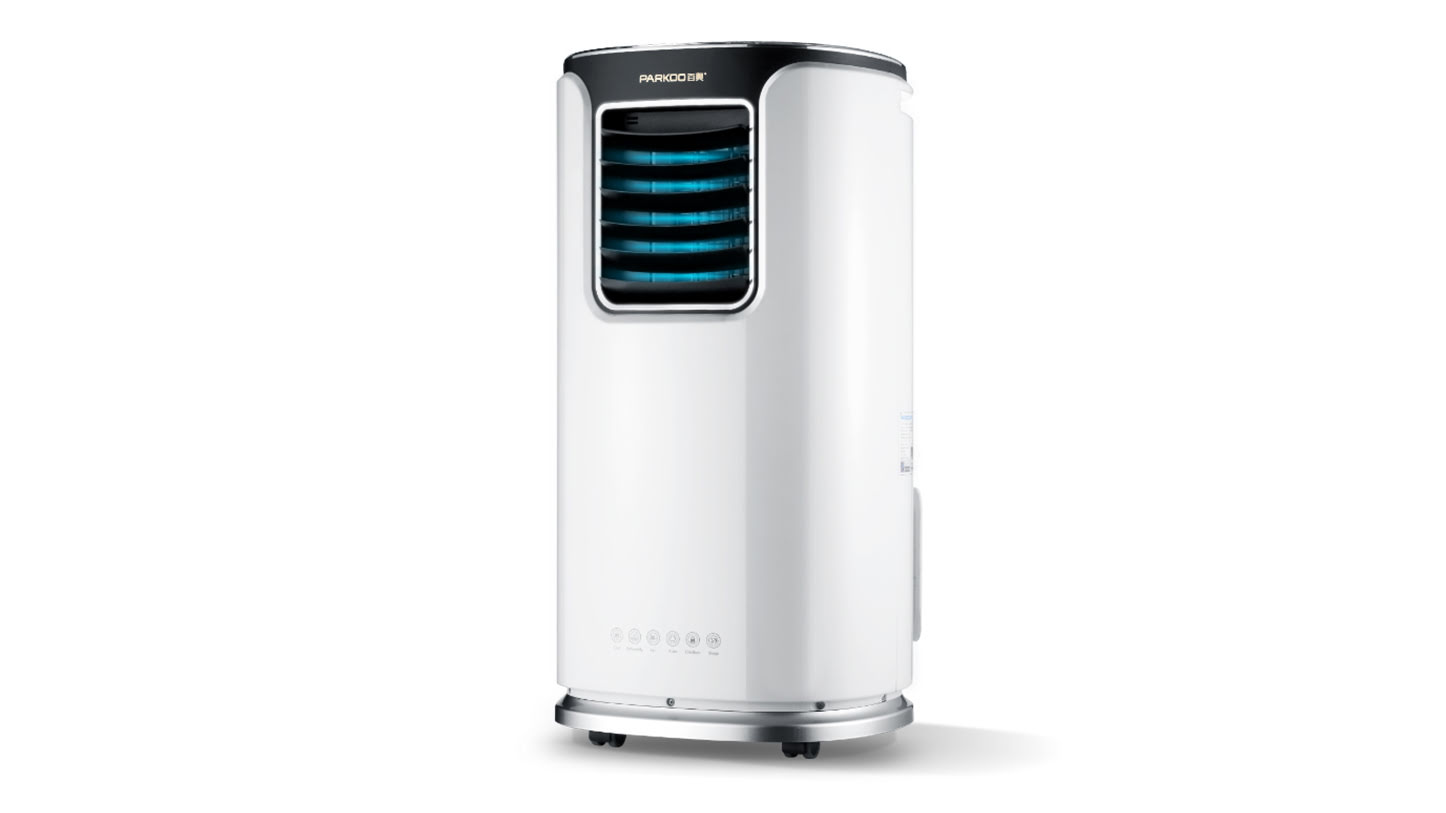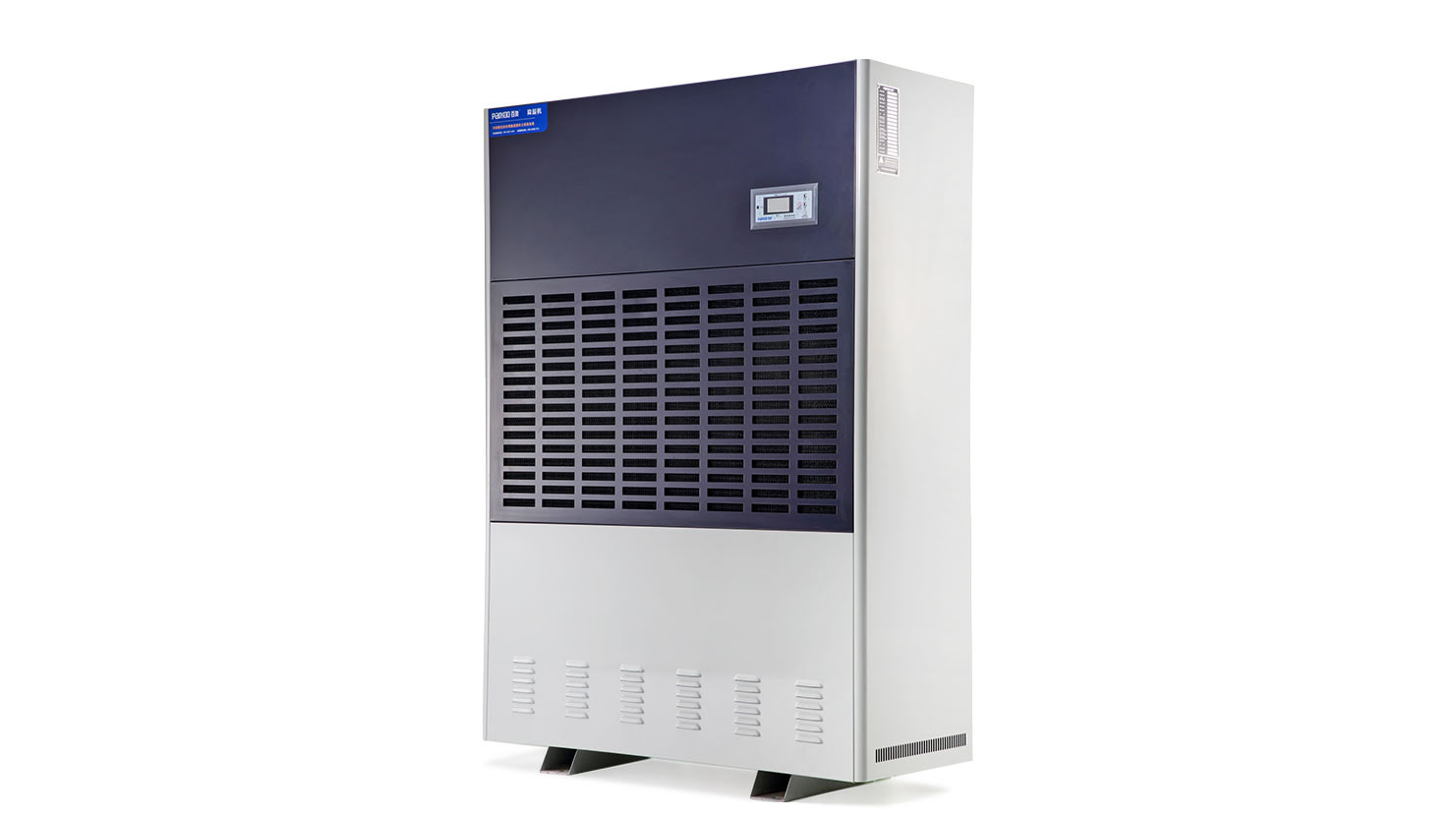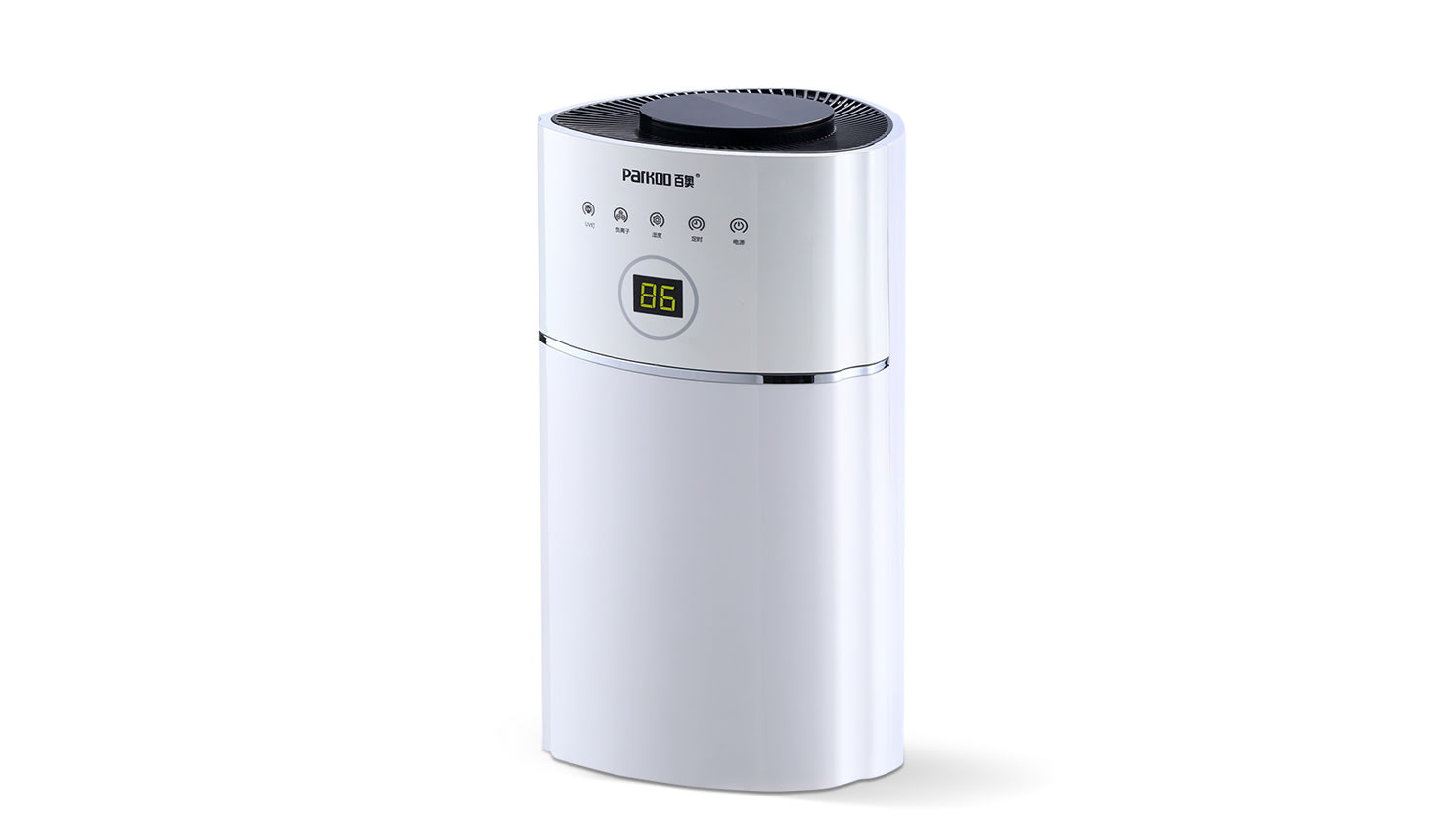The impact of indoor air quality
outdoor pollutants such as fossil fuel smoke, pesticides, and radon can enter your home and the air you breathe.
. There are also many other sources of gases and paRTicles at home that can reduce air quality. they include:- improperly Maintained fuel combustion appliances and heating devices that may release toxic Carbon monoxide (CO) and nitrogen dioxide (NO2)
- A mixture of building materials, paints and carpets that can release dangerous and Volatile organic compound (VOC)
- Pet dander and dust Mites may Cause allergic reactions in sensitive poPulations
- commonly used household Products and Personal Care may contain any harmful chemicals
- Lead dust and asbestos particles in building materials were used in households before 1986
- passive smoking of Tobacco products
- warm and Moist mold and mold
Health issues with poor indoor air quality
When you discover that you are dealing with the harmful effects of poor indoor air quality, you and your family may encounter a series of possible health problems:
- congestion and coughing
- Chest is tight
- Tachypnea
- Asthma attack
- headache, fatigue, and nausea
Elderly and young children, as well as those in poor physical condition, are more susceptible to the impact of poor indoor air quality. Therefore, they are more likely to develop these symptoms and diseases
solve the problem of poor indoor air quality
Now that you are fully aware of the negative effects of indoor air pollution, there are many measures you can take to solve this problem, so that you and your family can breathe more easily
- increase ventilation. The ventilation system of the entire house has been installed in the pipeline system to help replace indoor air with metabolism and pollutants 24 hours a Day. if the entire home ventilation system is not within your budget, please try Installing a drip flow ventilation screen to help the air flow naturally. This is very useful in cold winter when your home is closed
- Maintain fuel burning equipment. Having technicians inspect your system to ensure it is functioning properly can help eliminate the possibility of poor indoor air quality. gas stoves and water heaters, as well as fireplaces and space heaters, should also be regularly inspected and repaired. The benefit of regular maintenance is that it can reduce energy costs and Extend the service life of equipment
- Maintain huMidity check. Mold and mold can propagate in warm and humid indoor air. Tightly sealed homes and high humidity and condensation problems are Usually caused by breathing, cooking, and bathing. In winter, sufficient ventilation and exhaust fans can remove excess moisture from the home. Proper use of Dehumidifier equipment
- Reduce gases and particles in the air. If you own a house before 1986 that contains asbestos products or lead containing paint, you should professionally seal or replace these items. Use green Cleaning and personal care products to help reduce the amount of VOC released into the air. store any product containing Volatile organic compound in a well ventilated place, and purchase a limited amount to avoid long-term exposure to these chemicals
- control allergens. If someone in the household is allergic, pet dander and dust mites may trigger attacks. Remember to take a shower regularly and don't Let them sleep in your bedroom. Control high humidity to reduce the number of dust mites. Regularly vacuum and use dustproof pillows, mattresses, and toiletries at least Once a week
